i bc27f85be50b71b1 (150 page)
Read i bc27f85be50b71b1 Online
Authors: Unknown

Stage
Description
Reddened area on the skin with an intact epidermis
((
\'(found similar to a blister or abrasion on which the dermis is
exposed
JIJ
Wound that exposes subcutaneous tissue down to, bur nor through,
underlying fascia
IV
Wound that exposes muscle, bone, or other supporting structures,
such as tendon or joint capsule
Source: Dam from The National Pressure Ulcer Advisory Panel's Summary of [he
AHCPR Clinical Practice Guideline. Prcssure Ulcers in Adults: Prediction and Preven[ion. (AHCPR Publication No. 92-0047). Rockville, MD. May 1992.



484
AClJfE CARE HANDBOOK FOR PHYSICAL THFRAPISTS
depending on the policy of an individual facility. Physical therapists
should also verify state practice acts regarding their ability to perform
sharp debridement. Specific management considerations for physical
therapists who work with patients who have wounds are described at
the end of this chapter.
Wound Cleansing
Wound cleansing is not synonymous with wound debridement or
wound decontamination. The purpose of cleansing a wound is to
remove loosely attached cellular debris and bacteria from the wound
bed. In most cases, the use of sterile saline is effective and safe for
cleansing the wound surface.67,68 Many studies indicate that using
unsterile tap water does not increase the rate of infection and is appropriate to use to cleanse wounds.67 There are many commercial wound deansers that contain surfacranes. Surfactants help to break the bonds
between coneaminants, debris, and the surface of the wound.67 The use
of antiseptics is appropriate in the early management of acute traumatic wounds bllt is of little benefit in chronic wounds. They may be cytotoxic to living tissues and can delay healing.67.69.7o
The most nelltral solution that will meet the needs of the patient
should be used. Aggressive agents should be used only when indicated. For example, a bleaching agent may help to dry a heavily exudating wound. Cleansing should be discontinued when the majority of a wound bed is granulating or when re-epithelialization is occurring to avoid damaging new tissue.
Clinical Tip
•
If the water source is known or suspected to be contaminated, it should nOt be used for wound deansing.67 If the
physical therapist is unsure, the water can be culrured in
the hospital laboratory.
•
Sterile saline expires 24 hOllrs after opening the bottle
and must be discarded. A saline solution can be made by
adding 2 tablespoons of salt to 1 quart of boiling
water.67,69 This recipe may be an inexpensive alternative to
purchasing saline for the patient who will be deansing
wounds at home.
•
It is best to use cleansing materials at body temperature.
The application of a cold solution will reduce the temperature of the wound and may affect blood Aow.70



BURNS AND WOUNDS
485
•
Whirlpool, although commonly and perhaps habitually
used, does not cleanse the wound. The use of whirlpool jets
is actually mechanical debridement and therefore should be
used only if mechanical debridement is indicated.
Clean versus Sterile Technique
Although clean versus sterile technique remains somewhat controversial, clean technique is sufficient for local wound care to chronic wounds and is generally accepted in the medical community, because
the chronic wound is already contaminated and far from sterile. Sterile technique is typically reserved for surgical and acute traumatic wounds.71
Sterile technique, which includes the use of sterile instruments and
sterile gloves, should always be used when invading the blood stream,
as with sharp debridement. Otherwise, the use of clean gloves is sufficient. Additionally, originally sterile dressings, once opened, can still be used as long as they are kept in a clean, controlled area.'!
Wound Debridement
Debridement has three primary purposes. The first is to remove
necrotic tissue or foreign matter from the wound bed, optimizing
healing potential. The presence of devitalized tissue prevents re-epithelialization and can splint the wound open, preventing contraction and closure. The second purpose is to prevent infection. The necrotic
tissue itself can be the source of the pathogenic organisms. The debridement of the slough and eschar also increases the effectiveness of topical agents. The third purpose is to correct abnormal wound repair.
Debridement is generally indicated for any necrotic tissue present in a
wound, although occasionally it is advantageous to leave eschar in
place. For example, eschar on heel ulcers that is firmly adherent to
surrounding tissue without inflammation of surrounding tissue and
without drainage and tenderness on palpation may not need to be
removed.72
There are two types of debridement: selective and nonselective.
Selective debridement removes nonviable tissue only and is indicated
for wounds with necrotic tissue adjacent to viable tissue. Methods of
selective debridement include sharp, autolytic, and enzymatic debridemenr. NOllselective debridement removes both viable and nonviable tissues. It is indicated in necrotic wounds with minimal to no healthy tissue. Mechanical debridement is a method of nonselective
debridcment.7l,73

486
ACUTE CARE HANDBOOK FOR I'HYSICAL TIIl:.RAIJI5T5
Selective Debridemelll
Sharp Debridement
Sharp debridement involves the use of scalpels, scissors, and forceps
ro remove necrotic tissue. It is a highly skilled technique best performed by or under the direct supervision of an experienced clinician.
(Note: Nor all states and facilities allow physical therapists to perform sharp debridement. ) Because rhe true selectiviry of sharp debridement depends on the skill of the clinician, sharp debridement can also result in damage to healthy tissues that can cause bleeding and a risk
of infecrion. Sharp debridement is especially expedient in the removal
of large amounts of thick, leathery eschar. Removal of eschar is
important in the patient who is immunocompromised, because rhe
underside of eschar can provide a medium for bacterial growth. Sharp
debridement has been shown to increase the degree of wound healing
when combined with the usc of a topical growth factor."
Sharp debridement can be painful; it is therefore recommended